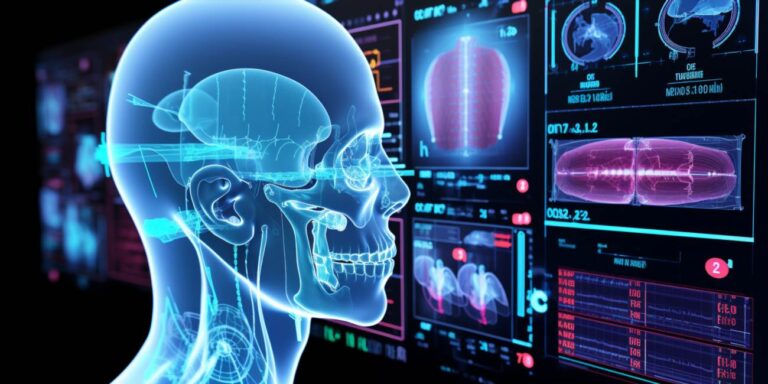A maxillary sinus cyst, also known as a maxillary mucocele, is a benign growth that develops within the maxillary sinus, a cavity located in the upper jawbone. While these cysts are typically non-threatening, they can lead to discomfort and other symptoms if left untreated. Understanding the symptoms associated with maxillary sinus cysts is crucial for timely diagnosis and intervention.
Common symptoms of maxillary sinus cysts
1. Facial Pain: One of the primary indicators of a maxillary sinus cyst is persistent pain in the facial area, particularly around the cheeks and upper teeth. This pain may be dull and constant or sharp and intermittent.
2. Pressure Sensation: Patients often report feeling a sense of pressure in the affected side of the face, which may be more pronounced when bending over or during changes in altitude.
3. Nasal Congestion: Maxillary sinus cysts can obstruct the normal drainage of mucus from the sinus, leading to nasal congestion and difficulty breathing through the affected nostril.
4. Headaches: Chronic headaches, especially in the temple and forehead regions, can be a symptom of a maxillary sinus cyst. These headaches may worsen over time if the cyst continues to grow.
5. Tooth Pain: Due to the proximity of the maxillary sinus to the upper teeth, individuals with a cyst may experience toothache, often without any visible dental issues.
6. Swelling and Tenderness: The presence of a cyst can lead to swelling and tenderness in the affected cheek, particularly when pressure is applied.
7. Bad Breath (Halitosis): In some cases, a maxillary sinus cyst can cause foul-smelling breath, as it may lead to the accumulation of bacteria in the sinus cavity.
Less common symptoms
While the above symptoms are the most frequently observed, some individuals may experience less common indicators of a maxillary sinus cyst, including:
– Double vision (if the cyst exerts pressure on the optic nerve)
– Eye pain or discomfort
– Ear fullness or pain (due to the close proximity of the maxillary sinus to the ear canal)
When to seek medical attention
If you experience any combination of the aforementioned symptoms, especially if they persist over an extended period or worsen in intensity, it is imperative to seek prompt medical attention. A healthcare professional can conduct a thorough examination and order imaging tests to confirm the presence of a maxillary sinus cyst.
When diagnosed with a maxillary sinus cyst, there are several treatment options available, depending on the size, location, and severity of the cyst. These may include:
| Treatment Option | Description |
|---|---|
| Observation | If the cyst is small and not causing significant symptoms, a “wait and watch” approach may be recommended, with regular monitoring to track any changes. |
| Endoscopic Sinus Surgery | This minimally invasive procedure involves removing the cyst using an endoscope, a thin, flexible tube with a camera and light attached. |
| Open Sinus Surgery | In more complex cases, traditional open surgery may be necessary to access and remove the cyst. |
| Medication | Prescription or over-the-counter medications may be recommended to alleviate pain, reduce inflammation, and address nasal congestion. |
It is crucial to consult with a healthcare professional to determine the most appropriate course of action based on your specific situation.
Q: can a maxillary sinus cyst go away on its own?
A: In some cases, small cysts may resolve without intervention. However, it is important to consult a healthcare professional for proper evaluation and guidance.
Q: are maxillary sinus cysts cancerous?
A: No, maxillary sinus cysts are benign growths and are not cancerous. They do not have the potential to become malignant.
Q: can maxillary sinus cysts cause vision problems?
A: In rare cases, if a cyst exerts pressure on the optic nerve, it can lead to vision disturbances. Prompt medical attention is crucial if you experience any visual changes.
Q: is it possible for a maxillary sinus cyst to recur after treatment?
A: While recurrence is rare, it can occur. Regular follow-up appointments with your healthcare provider are essential to monitor for any signs of recurrence.
See also:





